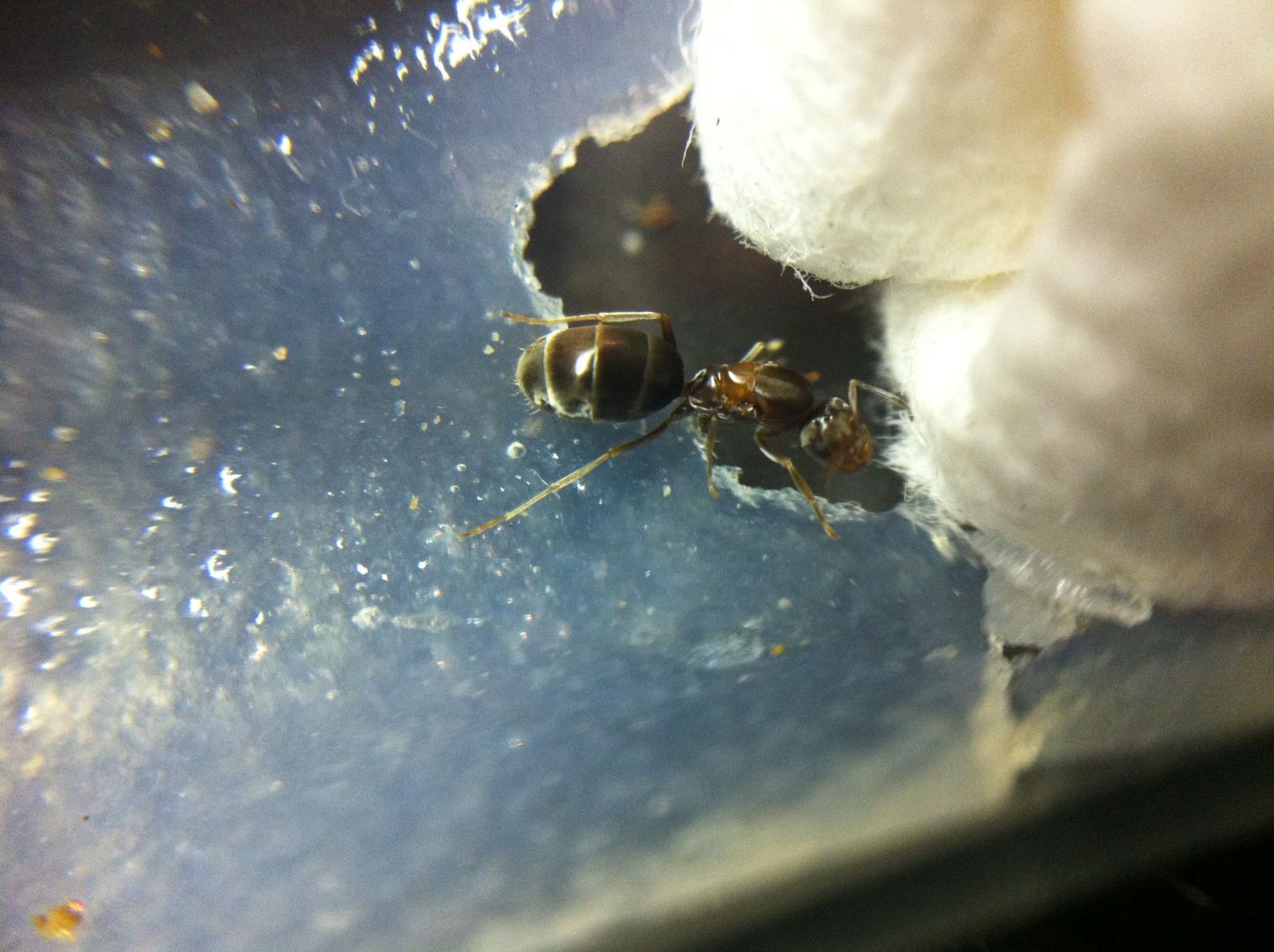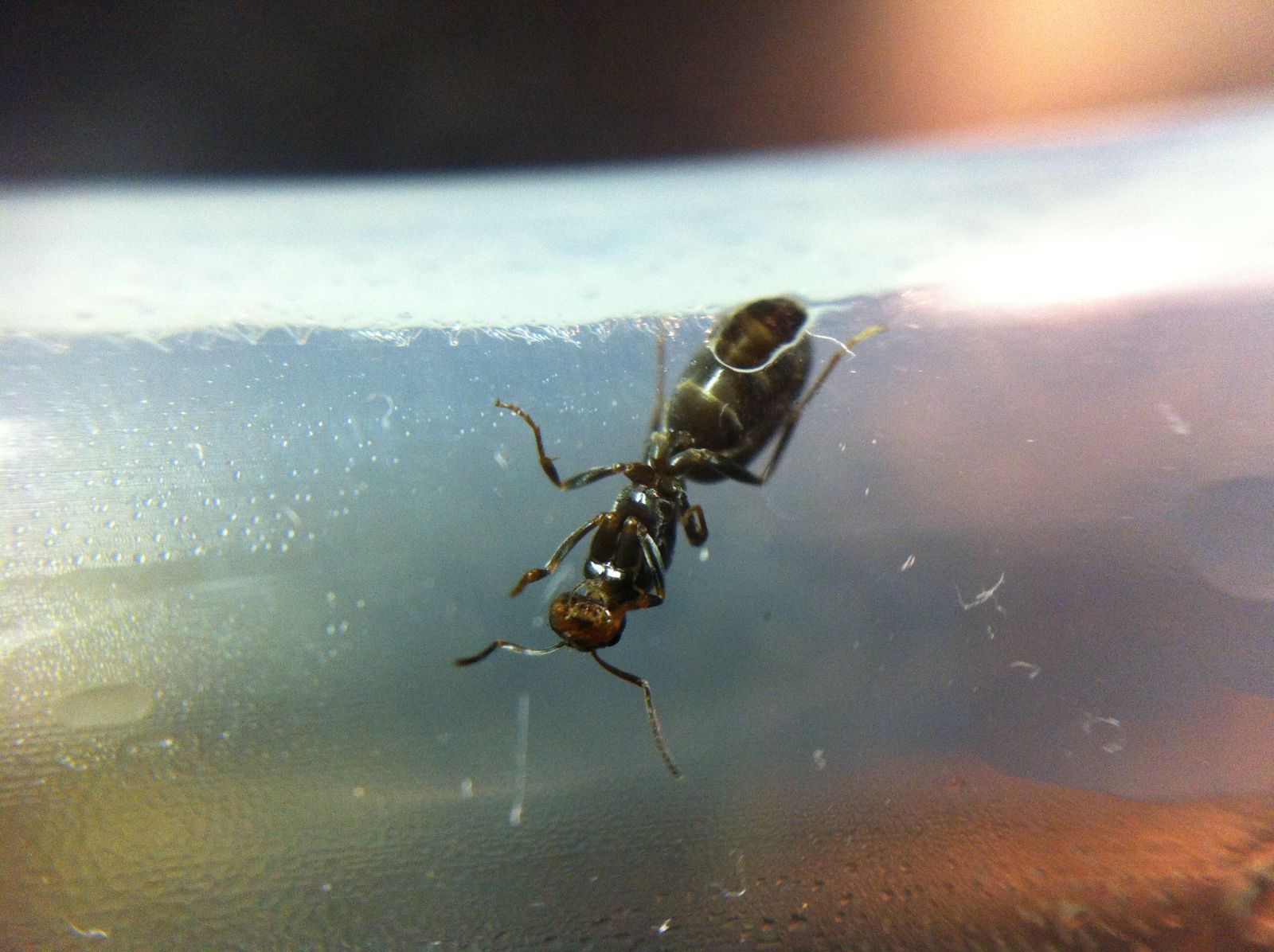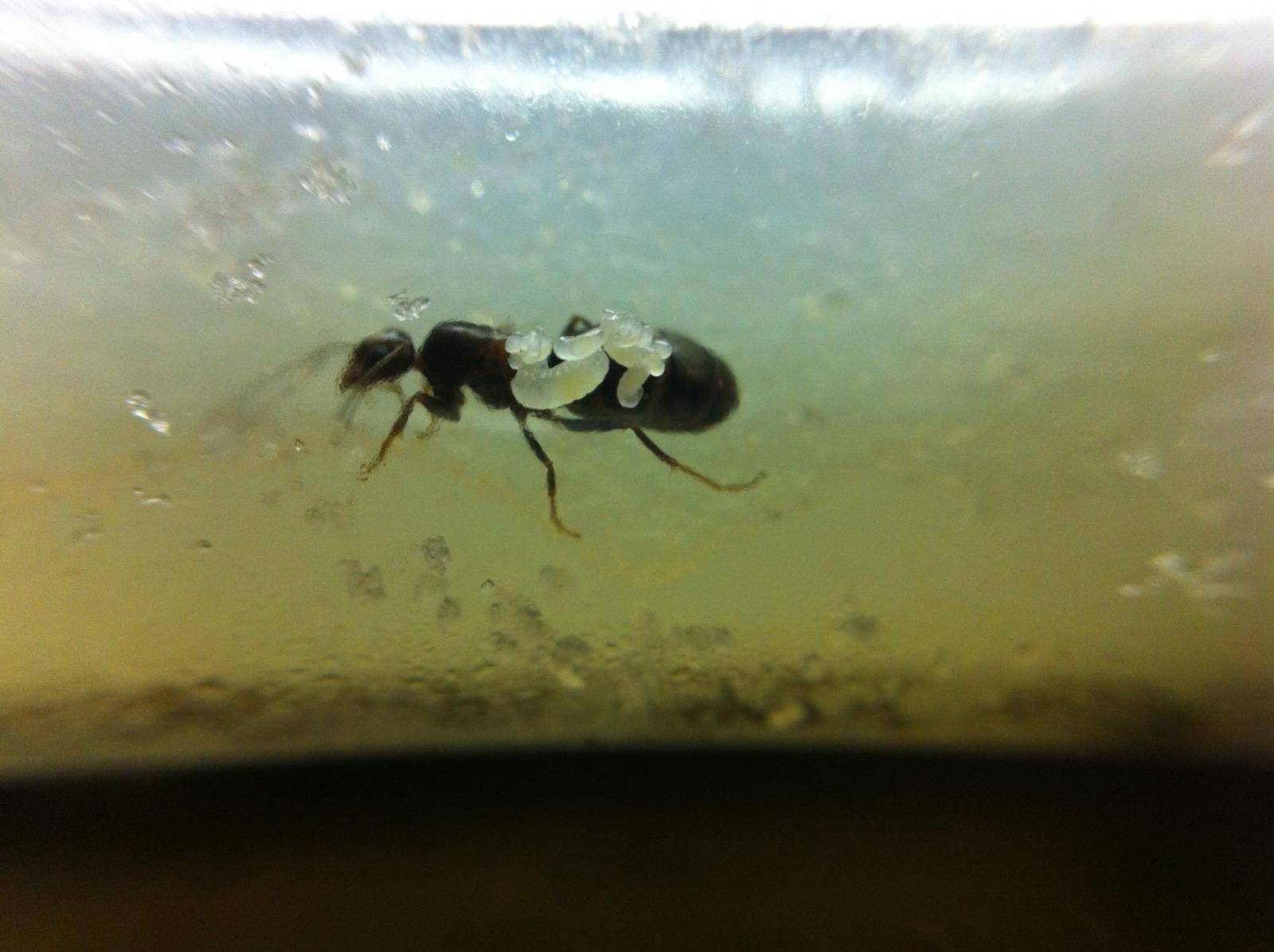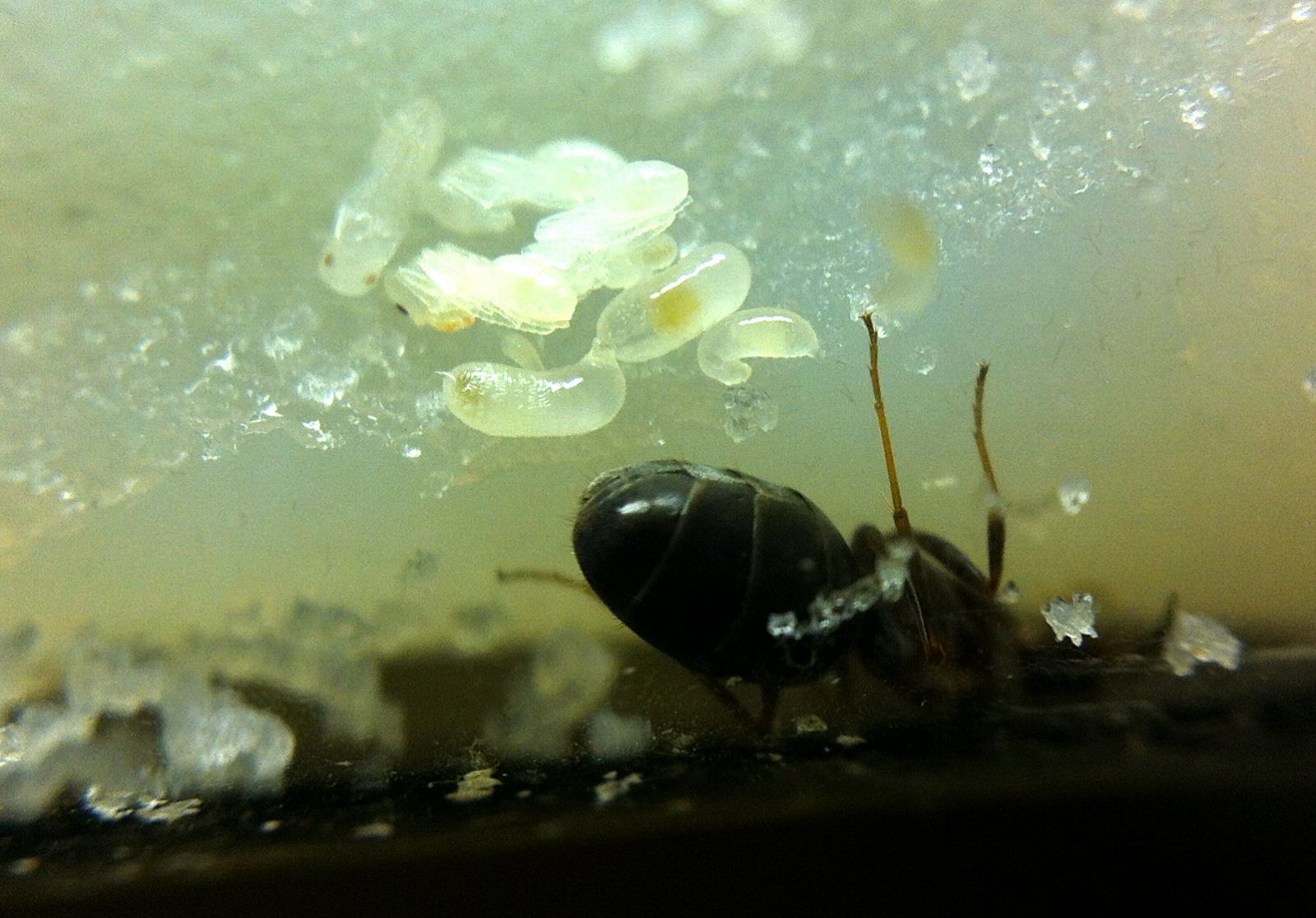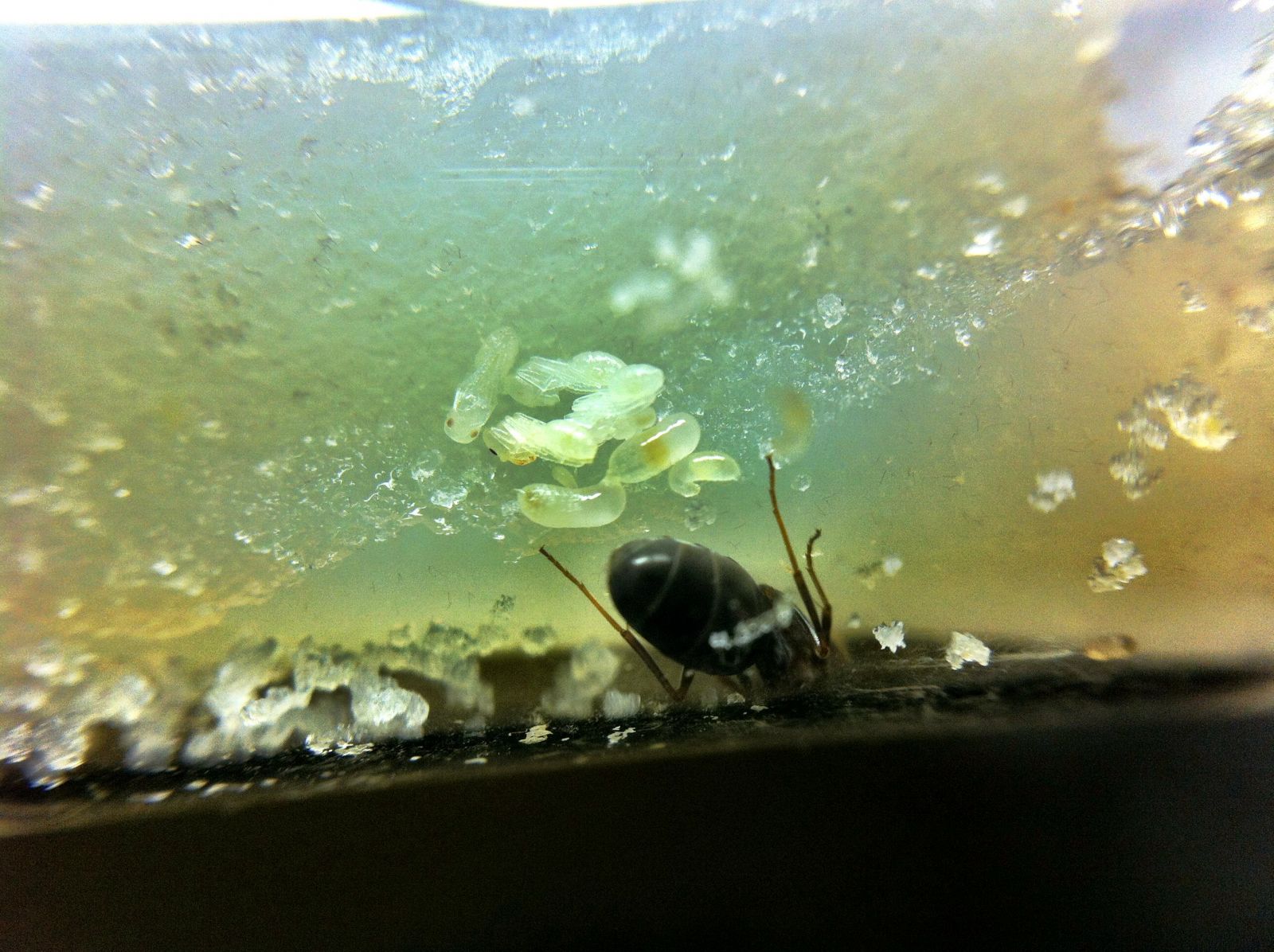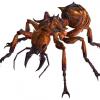2-25-15
I dug up a single queen after I witnessed a flight in Chino Hills. The queen was likely from a flight either February 23 or February 24, as it rained on February 23. I set her up in an agar-base test tube.
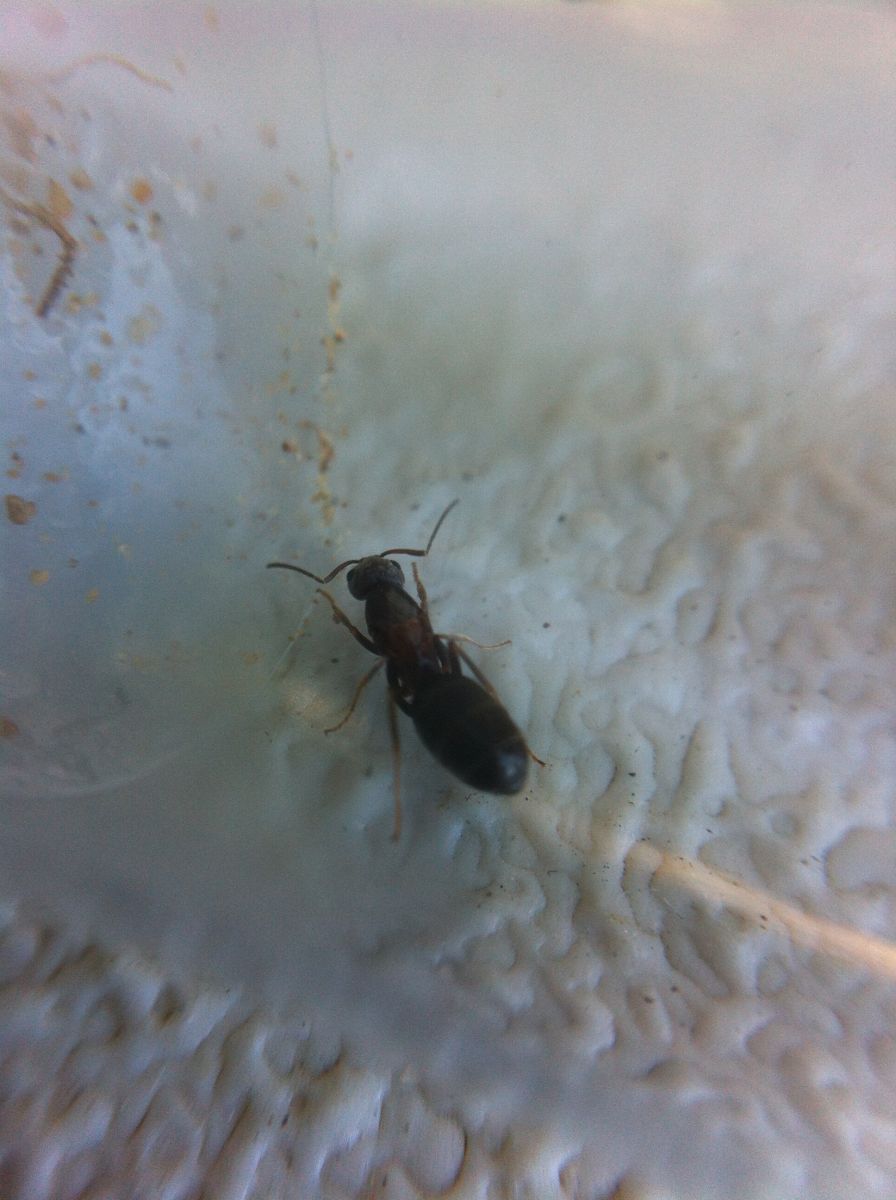
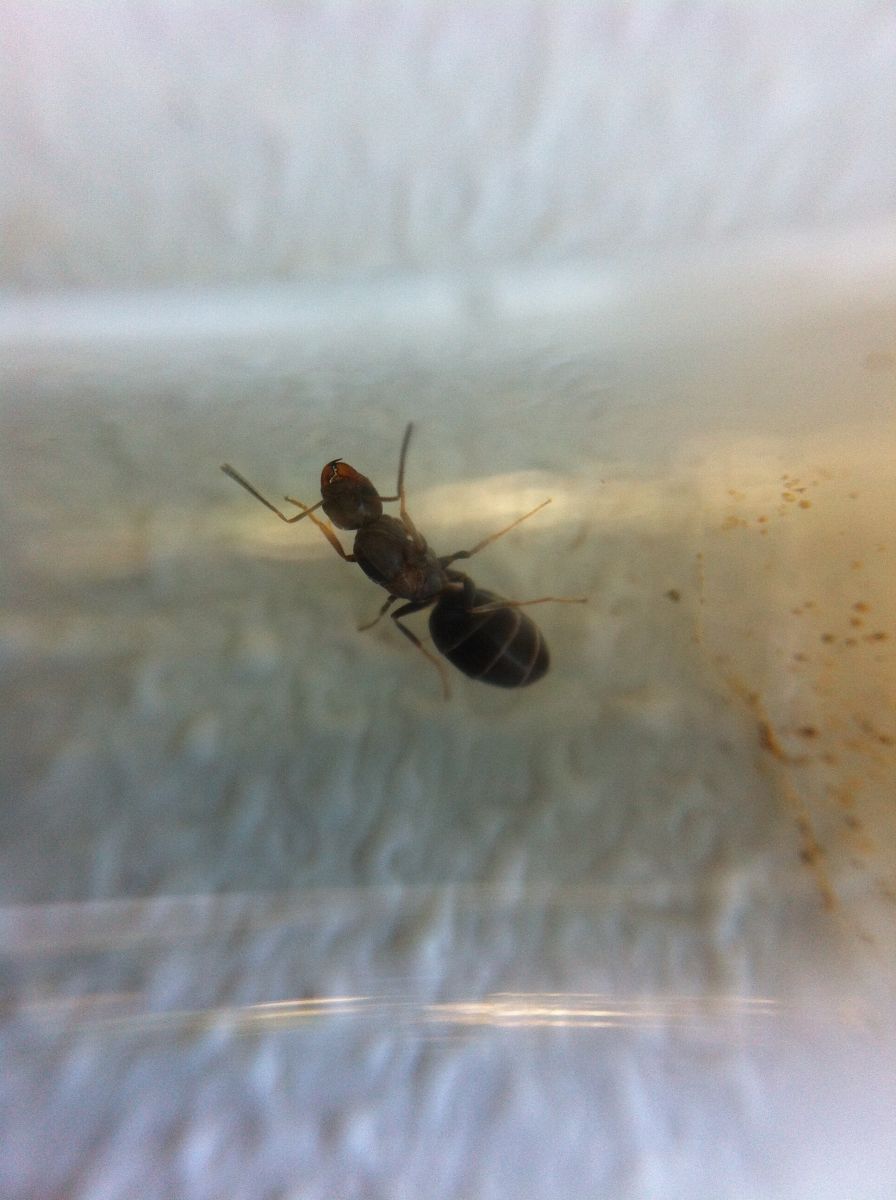
Edited by kellakk, June 10 2015 - 9:55 PM.




